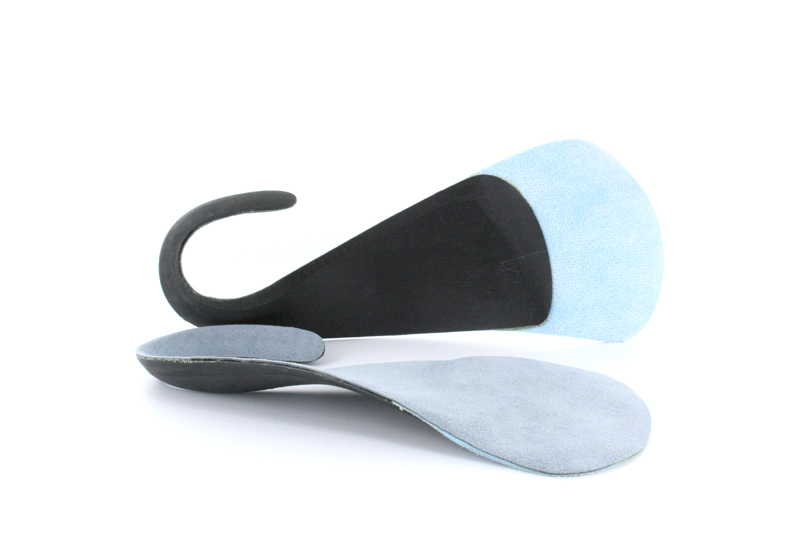Healing from a Lifetime of Wearing Heels
Most women can agree that high heels are not the most comfortable form of footwear. They are tight fitting, don’t offer very much stretch and create a ton of pressure underneath the ball of your foot.

Let’s start by talking about what happens when you wear heels.
First, a heel-wearer may experience increased forefoot pressure. The higher the heel, the more weight is pushed forward to the forefoot. With this, increased activation of the calf muscles can make them tighter.
Next, wearing high heels for prolonged periods of time can shorten the Achilles tendon, increase strain through the arch of the foot, or lead to plantar fasciitis.
Finally, high heels can contribute to poor balance and a lack of ankle stability.
Symptoms
Symptoms experienced by habitual high-heel wearers include:
Treatment
Luckily, there are ways to help relieve the pain from high heels.
1. Wear shoes with a lower pitch
Lowering the heel height of your shoes will drastically decrease the pressure on your forefoot, and improve your biomechanics.
2. Stretch your calf muscles
Stand with one foot up against the wall in front of you. Prop your toes up against a wall while keeping your heel on the ground. You should feel a good stretch on the big muscle on the back of your leg (gastrocnemius). Bring your hips toward the wall to increase the stretch.
Now, stay in the same position, but bend your knee. You should now feel the stretch move further down toward your heel into the soleus muscle. As well, it will probably not be as intense as the first. Find more calf exercises here.
3. Wear a night splint
A night splint helps to hold the ankle at approximately 90 degrees while you sleep. This provides a gentle stretch on the plantar fascia and the Achilles tendon.
4. Wear custom orthotics
Custom orthotics can help to support the arches of your feet to reduce pressure on sore areas. They also add extra cushioning and comfort.
5. Massage your feet and legs
Use a massage ball to roll the arches of your feet out on the floor, or a massage stick or foam roller to roll out the muscles on the back of your lower leg.
6. See an RMT
A registered massage therapist can take care of your lower legs and feet; have those massaged as often as possible.

Arch support from a custom orthotic can help distribute pressures throughout the foot more evenly. Kintec’s custom-made cobra design is very low volume, provides arch support and forefoot cushioning.
Have to wear heels?
If wearing heels necessary for your job or other activities, there are ways to make them more tolerable.
1. Cut back on wearing heels
If you typically wear them 5 days a week, try reducing that to 2 days a week or only for important meetings.
As well, lowering the height of your heels makes a noticeable difference. If your heels are 4”, try 2” instead. This will drastically reduce the load on your forefoot.
Cobb Hill designs high-heeled shoes that are better for your feet, including the women’s Shayla and the women’s Angelina.
2. Choose wider, more stable heels
When choosing heels in the future, choose a rounder toe to allow more space for your toes. As well, look for a wider heel instead of a stiletto. This will help to improve your balance and make you more comfortable in them all day long.
3. Pair stockings with heels
To improve comfort, don’t forget to wear stockings – this will reduce rubbing and blistering.
Sara Girard, B. Kin, C. Ped (C)
Kintec Pedorthist
Sorry, the comment form is closed at this time.